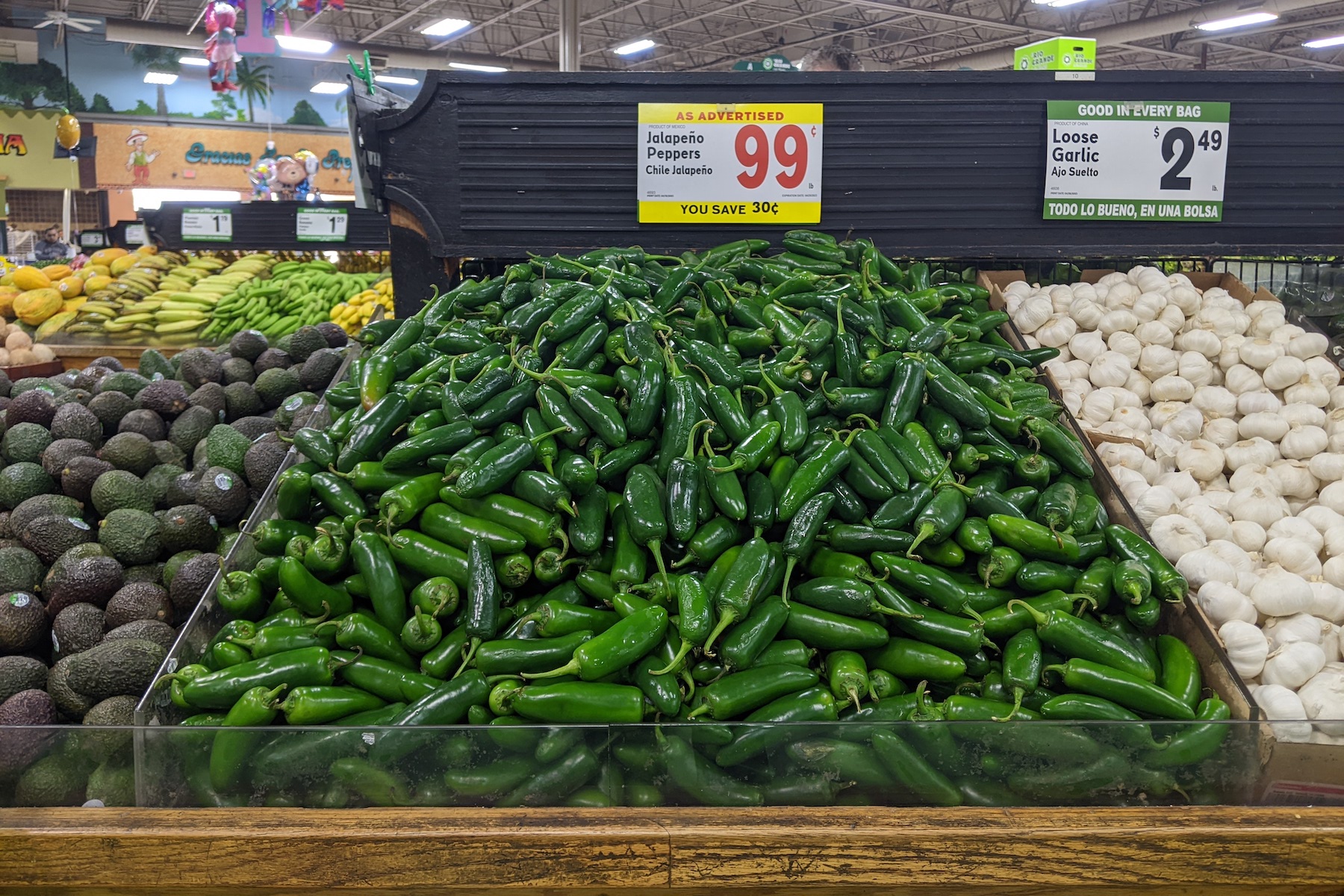Here’s Why Jalapeño Peppers Keep Getting Less Spicy
"Here’s Why Jalapeño Peppers Are Less Spicy Than Ever," peels back the layers on why these iconic peppers have become milder and more inconsistent.

Diving into the surprising tale of the jalapeño's dwindling heat, Brian Reinhart's article for D Magazine, "Here’s Why Jalapeño Peppers Are Less Spicy Than Ever," peels back the layers on why these iconic peppers have become milder and more inconsistent. The shift away from the jalapeño's fiery past isn't a fluke of nature but the result of decades of agricultural engineering aimed at making these peppers more palatable for mass production and consumption.

Reinhart's quest for answers begins with personal observation and extends into a broader culinary investigation, uncovering a preference shift among chefs and restaurateurs towards alternatives like serranos for a reliable kick. The core revelation of the article comes from Stephanie Walker of New Mexico State University’s Chile Pepper Institute, who outlines a deliberate industry-wide push towards less spicy jalapeños.
Most jalapeños go straight to factories, for canned peppers, pickled pepper rings, salsas, cream sauces, dressings, flavored chips and crackers, dips, sausages, and other prepared foods. For all those companies, consistency is key. Think about the salsa world’s “mild,” “medium,” and “hot” labels.
This move caters to the needs of food processors seeking uniformity in heat for products like salsas and dips, culminating in the development of the TAM II jalapeño variety by Texas A&M University. This variety boasts minimal heat, making it a darling of the food processing world.
Walker's insights into the chile pepper industry, paralleled with the heirloom tomato movement, hint at a potential resurgence of spicier, more flavorful jalapeños if consumer demand shifts towards more authentic and varied pepper experiences. The article makes a compelling case for a culinary diversity that embraces the heat and complexity of traditional peppers.






